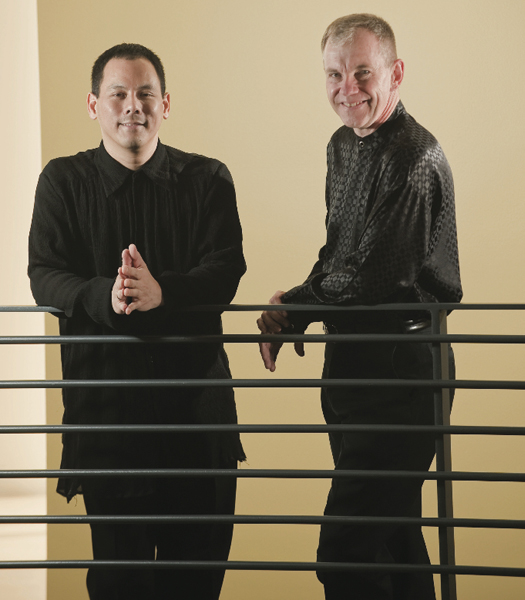Bion Tsang's latest CD as reference for AVguide.com
AVguide.com Playback Magazine November 17, 2010
.jpg) Chris Martens of Playback magazine uses Bion Tsang's latest CD, Bion Tsang and Anton Nel: Live in Concert, as his classical music recording reference to review the $1199 HiFiMAN HE-6 Planar Magnetic Headphone in his article, "Stretching the Peformance Envelope." Here's what he had to say:
Chris Martens of Playback magazine uses Bion Tsang's latest CD, Bion Tsang and Anton Nel: Live in Concert, as his classical music recording reference to review the $1199 HiFiMAN HE-6 Planar Magnetic Headphone in his article, "Stretching the Peformance Envelope." Here's what he had to say:
"Finally, let’s look at a fine classical music recording for a great example of two more of the HE-6’s most musically satisfying qualities; namely, its timbral purity and remarkable ability to convey the acoustics of the recording venue. The recording I’ll cite here features cellist Bion Tsang and pianist Anton Nel performing Brahms’ 'Four Hungarian Dances for Violoncello and Piano,' Live in Concert [Artek, CD], as recorded at New England Conservatory’s Jordan Hall in Boston.
"Right from the opening measures of the Hungarian Dances you can hear in an instant that the cello and piano are being played on an open stage in a concert hall, and with an audience presence. The HE-6’s deftly reproduce the resonances of the instruments’ voices reflecting off the stage surface, the reverb characteristics of the hall, and—between the four dances—the subtle sounds of both the performers and of audience members shifting in their seats. These are the kinds of low-level sonic details that all top-tier headphones can handle well to some degree, but that few can pull off with such enchanting realism.
"But the best part comes when the HiFiMAN ‘phones reveal the blinding virtuosity of Tsang’s cello performance and the wonderfully controlled, perfectly paced lyricism of Nel’s piano work. The HE-6’s give you an amazingly up close, personal, and believable view of the performance, so that you can almost sense the intensity of Tsang’s concentration during the more challenging cello passages, or the way the players listen intently to each other and then make minor adjustments in pace and timing so as to stay exactly in sync with one another. Through the HE-6’s you aren’t 'just listening to music' (as in hearing the general shape and flow of the notes); rather, you’re allowed to go deeper and to hear the performance—complete with all of the deep back-and-forth communication that word implies."

